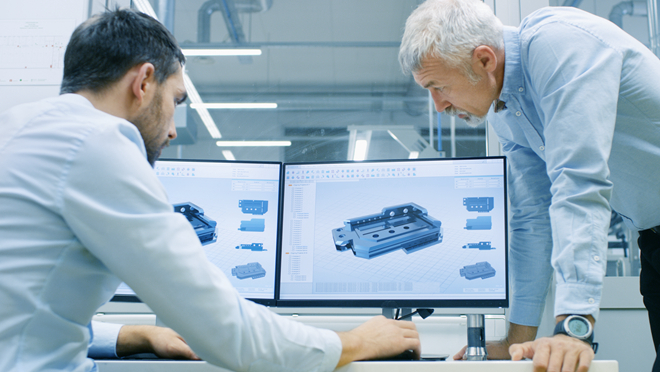As technology advances, new techniques of design and development emerge, benefiting numerous individuals such as technicians, designers, and others. 3D printing and rapid prototyping are examples of manufacturing techniques.
3D printing and rapid prototyping service represent advanced manufacturing processes. Many individuals, however, believe these people are interchangeable. Other people are often perplexed by the distinction between 3D printing and rapid prototyping.
Rapid Prototyping Services
Rapid prototyping is indeed a combination of technologies that are rapidly used based on rumination. any tangible component of such a structure to use a 3D desktop design. This same structure model is constructed using 3D printing, as well recognized as additive manufacturing. 3D printing requires putting successive layers of elements to build a 3d model known as a technology demonstrator or Prototype.
Numerous different rapid prototyping innovations are including:
- Mouldings Casting.
- Machining at incredible velocities.
- Extruded plastic prototypes are classified as being either high- or low-fidelity.
3D Printing
3D printing is a production process method that turns a 3d digital prototype into something like a real entity. Materials are made inside this procedure by utilizing ink cartridges, faucets, or even other printing services.
Is 3D Printing Very Much Like Rapid Prototyping?
Whenever the tech became available, 3D printing has been so closely associated with fast development and testing that now the two definitions were substitutable. If the term “3D printing,” or “rapid prototyping,” was used, everything referred to a certain idea. Nowadays, 3D printing has evolved into the finished manufacturing capacity and therefore is frequently referred to as “additive manufacturing.”
Nevertheless, rapid prototyping became the first and continues to be the dominant implementation for 3D printing. Different versions from evidence across to adopted technology may all be usually manufactured. Regardless of whether subcontracted or even in, utilizing 3D printers substantially accelerates rapid prototyping by eliminating conventional slowdowns in manufacturing and/or transporting. Rapid prototyping is progressively being accomplished of the same 3D printing which will be used for this same final product.
What is the distinction between rapid prototyping & 3D printing?
Resource alternatives
In contrast to rapid prototyping, 3D printing processes don’t provide a wide selection of materials. Although the selection of items for 3D printing is growing, this isn’t as extensive as rapid prototyping. Polyvinyl chloride as well as other plastic products are currently used in 3D printing.
The degree of precision
When it comes to precision, rapid prototyping machines can deliver more precise and reliable finishes than 3D printing. Even though they share characteristics including such component width as well as reliance on a greater extent of geometrical, rapid prototyping systems are using more innovative fixed space advanced technologies.
Actual Cost
There is often a substantial price reduction in rapid prototyping as well as 3D printing. And by equipment devaluation to substances utilized, workers, operation and maintenance, and so on. Rapid prototyping can indeed be more costly than 3D printing.
Final Thoughts:
For certain if 3D printing, as well as rapid prototyping, is used, each of these technology solutions could well be extremely advantageous to your business. This may create many possibilities for research and development. This will also enable you to start exploring as well as testing intricate structures, giving you a competitive edge in terms of production efficiency but also progress.

